Exploring the food of Crete is about more than just eating—it’s about meeting people, hearing their stories, and tasting the island’s soul in every bite.
Walking through the local markets, I catch the scent of ripe tomatoes, handmade cheese, and that unmistakable fresh olive oil. Every meal here feels like a gentle nudge to slow down and actually connect with the land and the people who care for it.
My mornings usually kick off with dakos, the classic Cretan barley rusk with juicy tomatoes and local cheese. It’s simple, but wow, the flavor.
Evenings bring raki at tiny mountain tavernas, where strangers quickly become friends and every meal feels like a little celebration. Eating alongside locals, in their favorite spots, makes everything feel more real—more memorable.
Whether I’m biting into grilled lamb in a mountainside village or sharing laughs over a humble mezze plate, Crete’s food and laid-back spirit always stand out. This island has welcomed me with every bite, and honestly, I can’t wait to spill the details about the places, flavors, and little surprises that made eating my way through Crete such a joy.
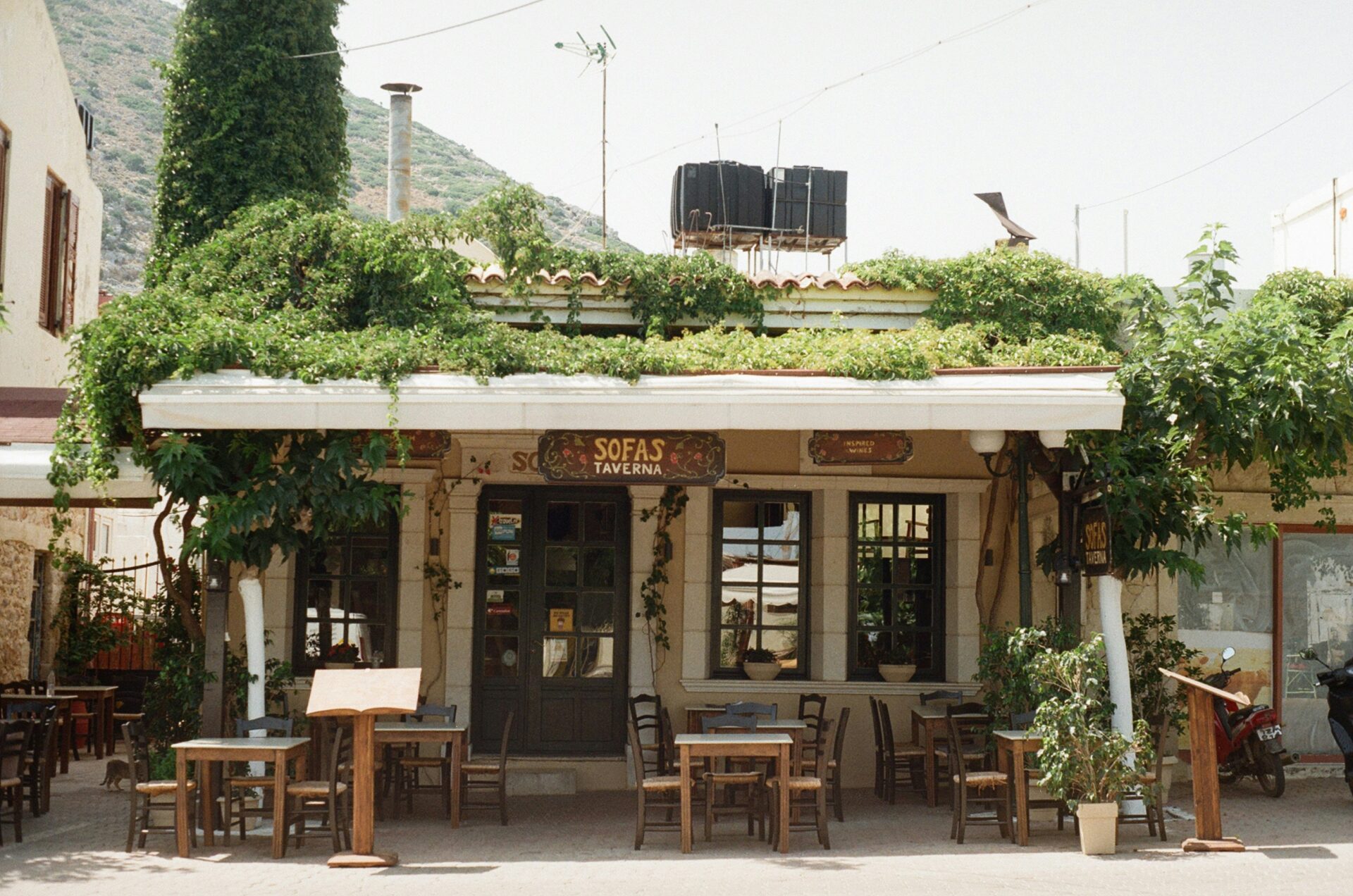
Why Crete Captivates Food Lovers
From lively vegetable markets to the smell of fresh-baked bread drifting from mountain villages, every plate in Crete has deep roots. The flavors come from old traditions, local produce, and a kind of hospitality you don’t find everywhere.
The Allure of Cretan Culinary Traditions
Cretan food stands out because it clings tightly to the island’s past.
Many recipes have survived for centuries, handed down through families. Even the simplest dishes, like dakos (barley rusk salad with tomatoes and cheese), feel layered with history and a lot of heart.
Meals usually start with a spread of small plates—meze. Sharing isn’t just a habit here; it’s how people connect.
In family-run tavernas, I noticed dishes like lamb slow-cooked in clay or wild greens pie aren’t just food—they’re stories from the people who make them.
Some meals end with raki, a strong local spirit. Hosts pour it with a smile, and it’s always a friendly gesture.
I leave those meals feeling like I’ve built memories, not just filled up.
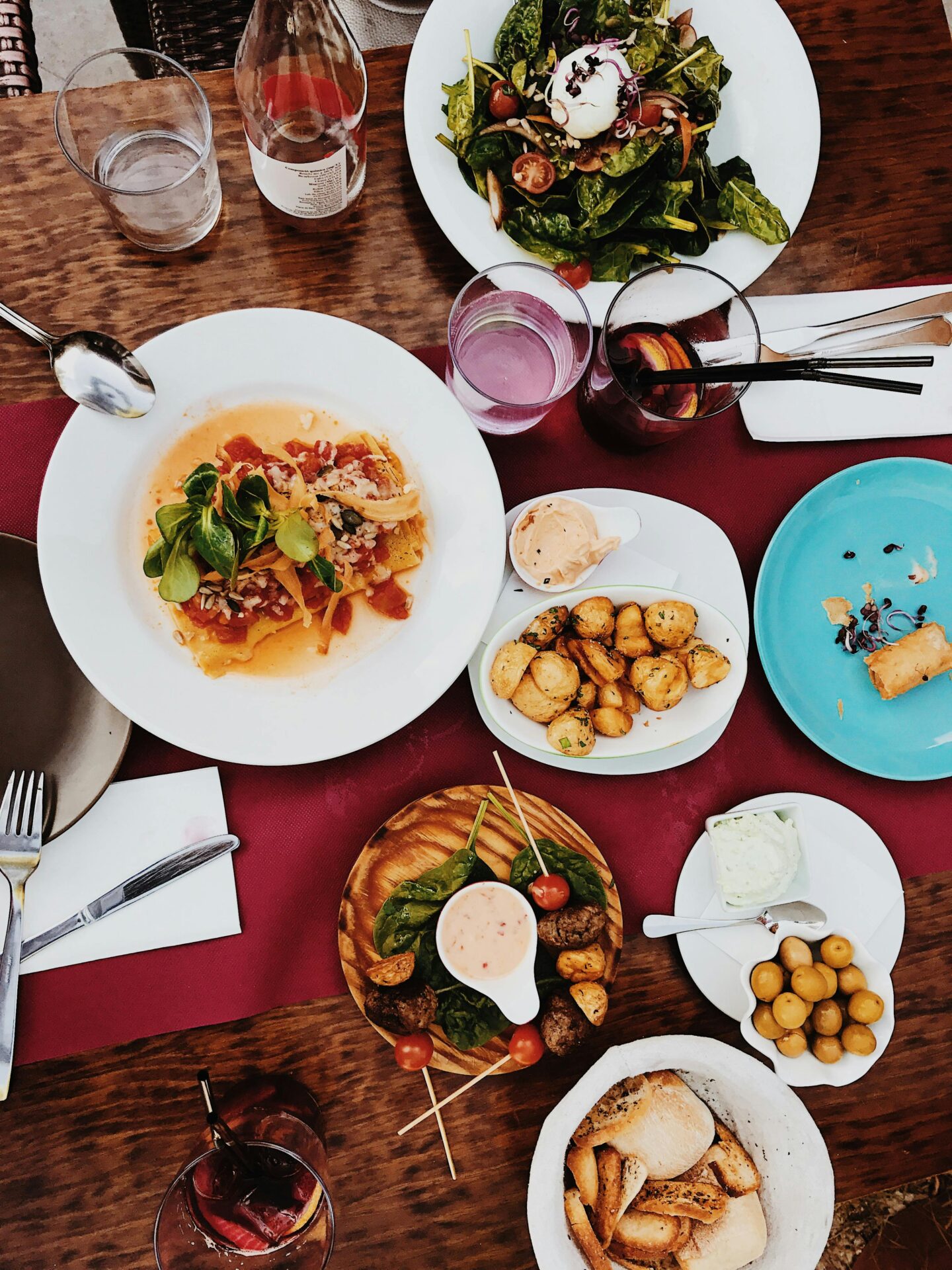
Fresh Ingredients From Land and Sea
Cretan food tastes so good because the ingredients are just so fresh.
Farmers grow olives, tomatoes, cucumbers, and herbs right on the hillsides. Shepherds raise goats and sheep that roam through wild herbs.
The sea matters just as much. Fishermen bring in snapper, octopus, and sardines every day, and you’ll spot them on plenty of menus.
I often enjoyed grilled fish with just lemon, olive oil, and a bit of wild oregano.
At the street markets, I saw vegetables picked that morning and barrels of golden honey from thyme-fed bees.
These local, seasonal ingredients show up in nearly every Cretan dish, making everything taste honest and naturally flavorful.

How Local Culture Shapes Every Bite
Cretan culture shapes the food in ways I didn’t expect until I landed here.
Hospitality isn’t optional—it’s part of life. Restaurant owners and home cooks go out of their way to make guests feel at home, often bringing extra plates or desserts just because.
Life moves slower here, so meals aren’t rushed. Eating is a time to laugh, talk, and unwind.
Even in a tiny mountain taverna, I got invited into the kitchen to pick my meal straight from the pots. That personal touch made everything taste better.
Food in Crete is about community and connection. Every meal, from bread dipped in olive oil to hand-rolled cheese pies, felt like an invitation to join island life.
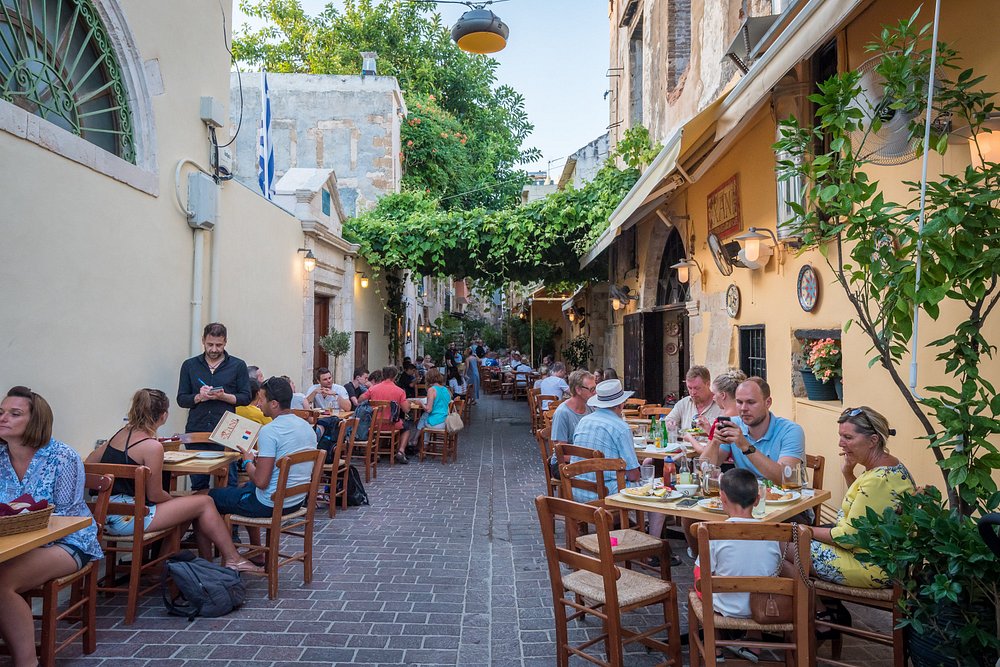
Dakos: The Quintessential Cretan Bite
In Crete, dakos is more than a snack. It pulls together crisp barley rusks, ripe tomatoes, and local cheeses in a way that feels both rustic and super fresh.
Each bite shares a piece of the island’s history and culture with anyone who tries it.
Discovering Dakos in Village Cafés
I first tasted dakos in a sleepy café hidden in a mountain village.
A local woman suggested the “most Cretan” thing on the menu. She brought out a plate piled with glossy tomatoes and crumbled white cheese over rugged, crunchy rusks.
The bread soaked up olive oil and tomato juice, turning every bite into something deeply flavorful.
In Crete’s villages, cafés serve dakos as a simple meal or shared meze. Locals linger over it with friends, breaking off pieces with their hands or little forks.
No one rushes—there’s always laughter and conversation in the background.
If you’re looking for the real thing, I’d say the smaller, quieter cafés are your best bet. Some places add capers or a sprinkle of oregano for that extra island kick.
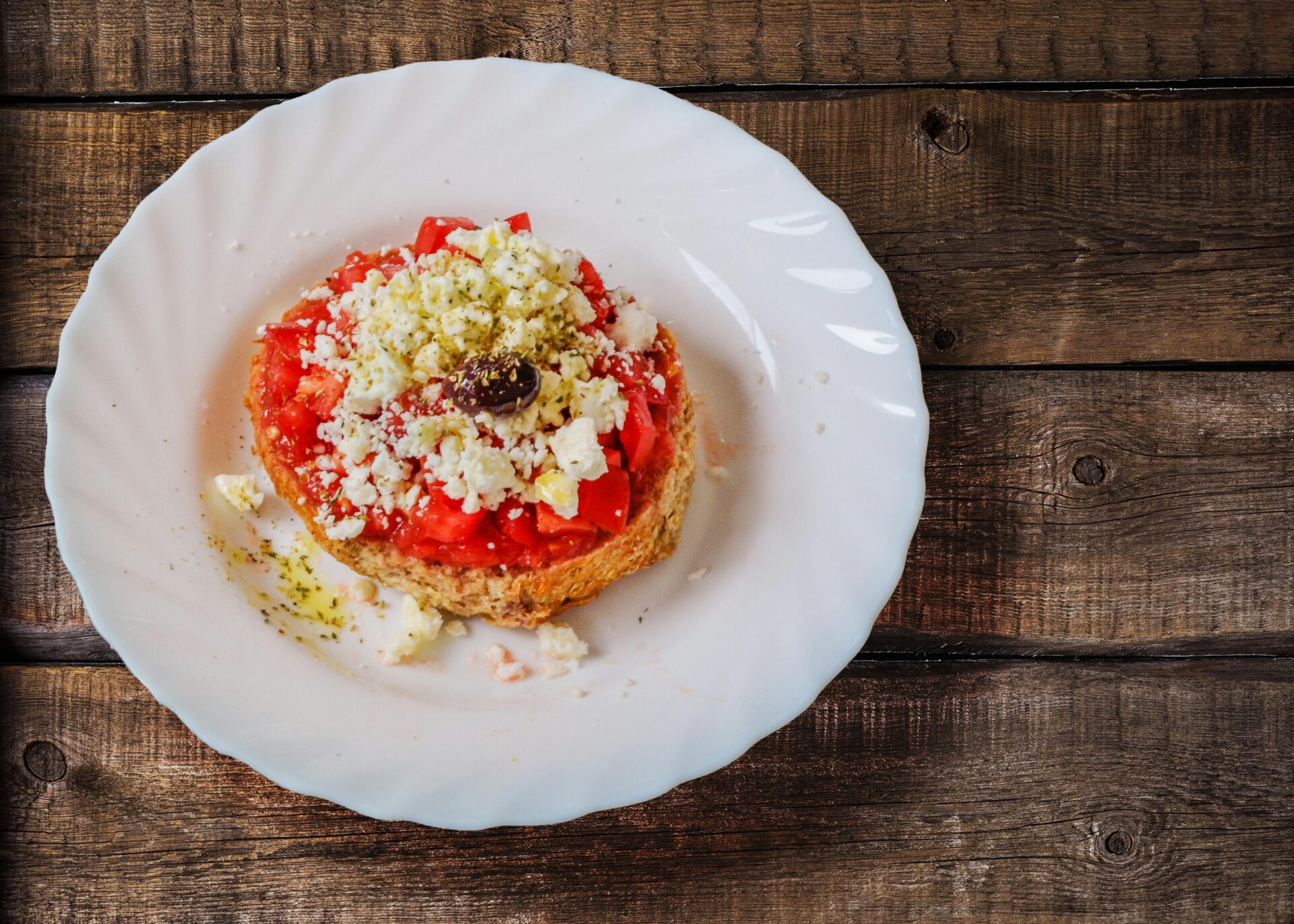
Secrets Behind the Perfect Rusk and Tomato
The rusk, or paximadi, is the heart of dakos.
Bakers double-bake barley loaves until they’re hard and dry, so they last for weeks. When it’s time to eat, they soften the rusk with a splash of water or a drizzle of olive oil.
That keeps it crisp, but not so hard you break a tooth.
The tomatoes really matter. In summer, Cretans use sun-ripened fruits that just burst with flavor. They’re often grated or chopped so fine they’re almost a pulp.
The tomato juice seeps into the rusk, mellowing its crunch and mixing with olive oil for a rich, rustic taste.
A dash of sea salt, some black pepper, and a swirl of local olive oil finish it off.
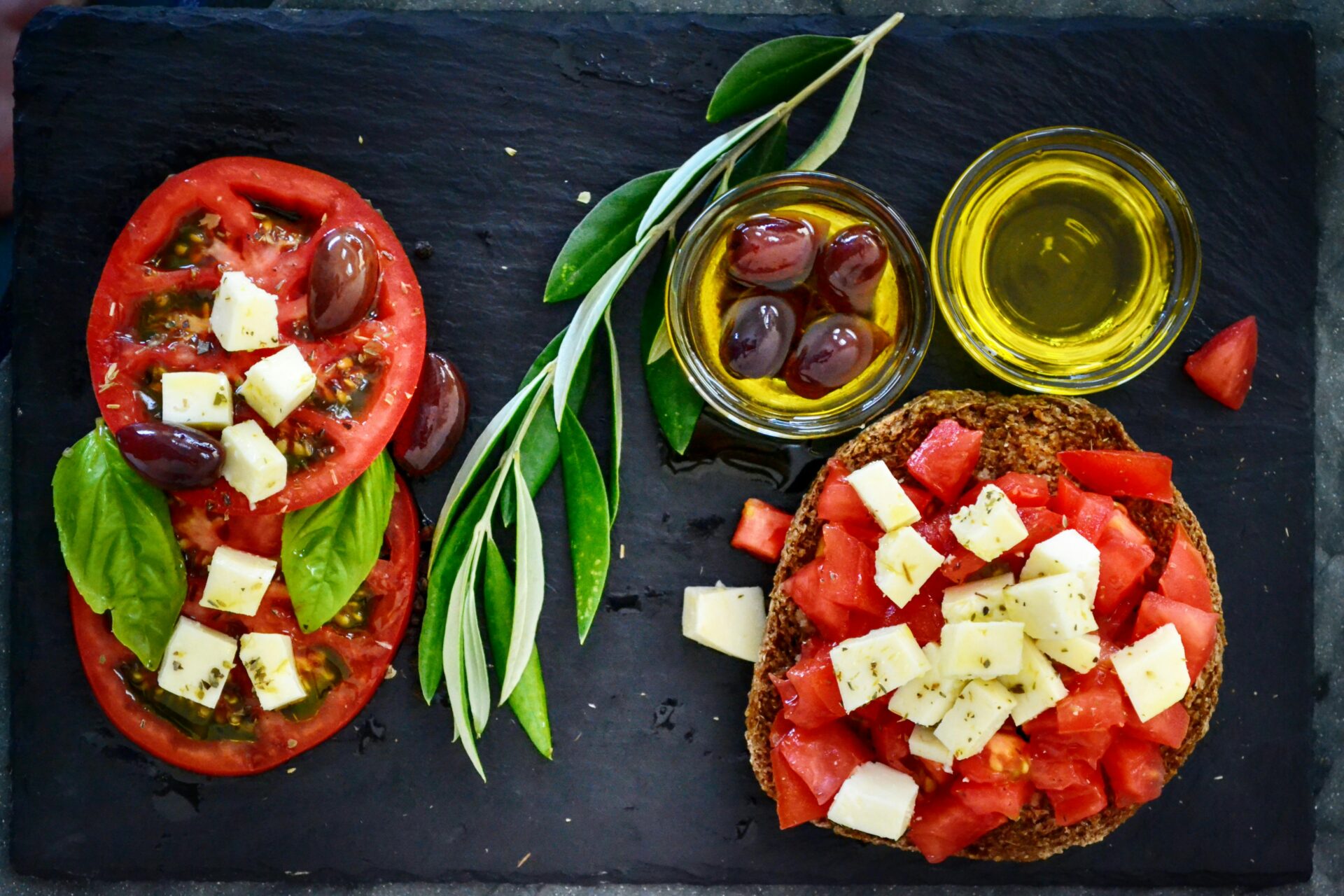
Pairing Dakos With Local Cheese
Cheese brings dakos to life.
Every café seems to use something a little different. The most common is mizithra, a soft white cheese that’s mild, creamy, and a little tangy. If they don’t have mizithra, you might get feta or anthotyro.
Serving styles for dakos with cheese:
| Cheese Type | Texture | Flavor Note |
|---|---|---|
| Mizithra | Creamy | Mild, Tangy |
| Feta | Crumbly | Salty, Sharp |
| Anthotyro | Soft | Fresh, Mellow |
They either crumble or slice the cheese and pile it over the tomato. When I paired it with raki or local white wine, the flavors just sang.
If you love cheese, ask for extra—most places won’t mind at all.
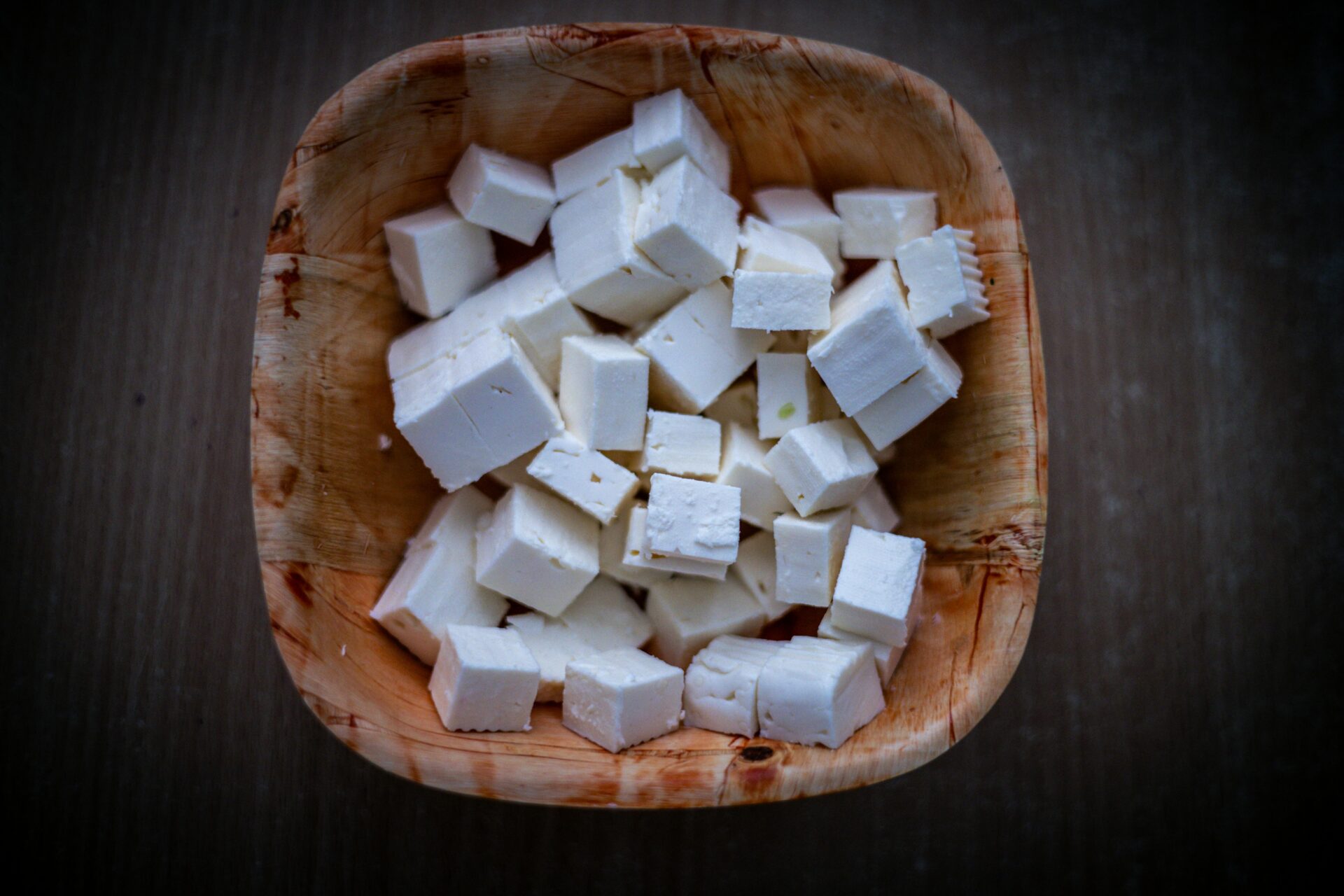
Raki Rituals and Lively Evenings
Crete comes alive at night when raki flows and laughter fills the air. Every glass I had in a mountain taverna pulsed with local flavor, warmth, and old customs that made me feel like more than just a visitor.
Tasting Raki in Mountain Tavernas
Every night, a mountain taverna kicked things off with a tiny glass of raki—clear, strong, and homemade by the owner.
That first fiery sip caught me off guard, but soon I started to pick up on the different flavors, from smooth and mellow to bold with a bit of a bite.
Most tavernas offer raki as a welcome before the meal. I watched it arrive with simple plates: olives, bread, maybe a little cheese.
The ritual felt more personal than ordering wine back home. Raki pairs best with salty snacks, especially smoked meats or crispy fried fish.
Here’s a quick list of classic raki snacks I spotted all over Crete:
- Fresh olives
- Sun-dried rusks
- Slices of salty cheese
- Tomato and cucumber
After a few toasts, everyone felt like old friends. The night always turned festive, but never rushed.
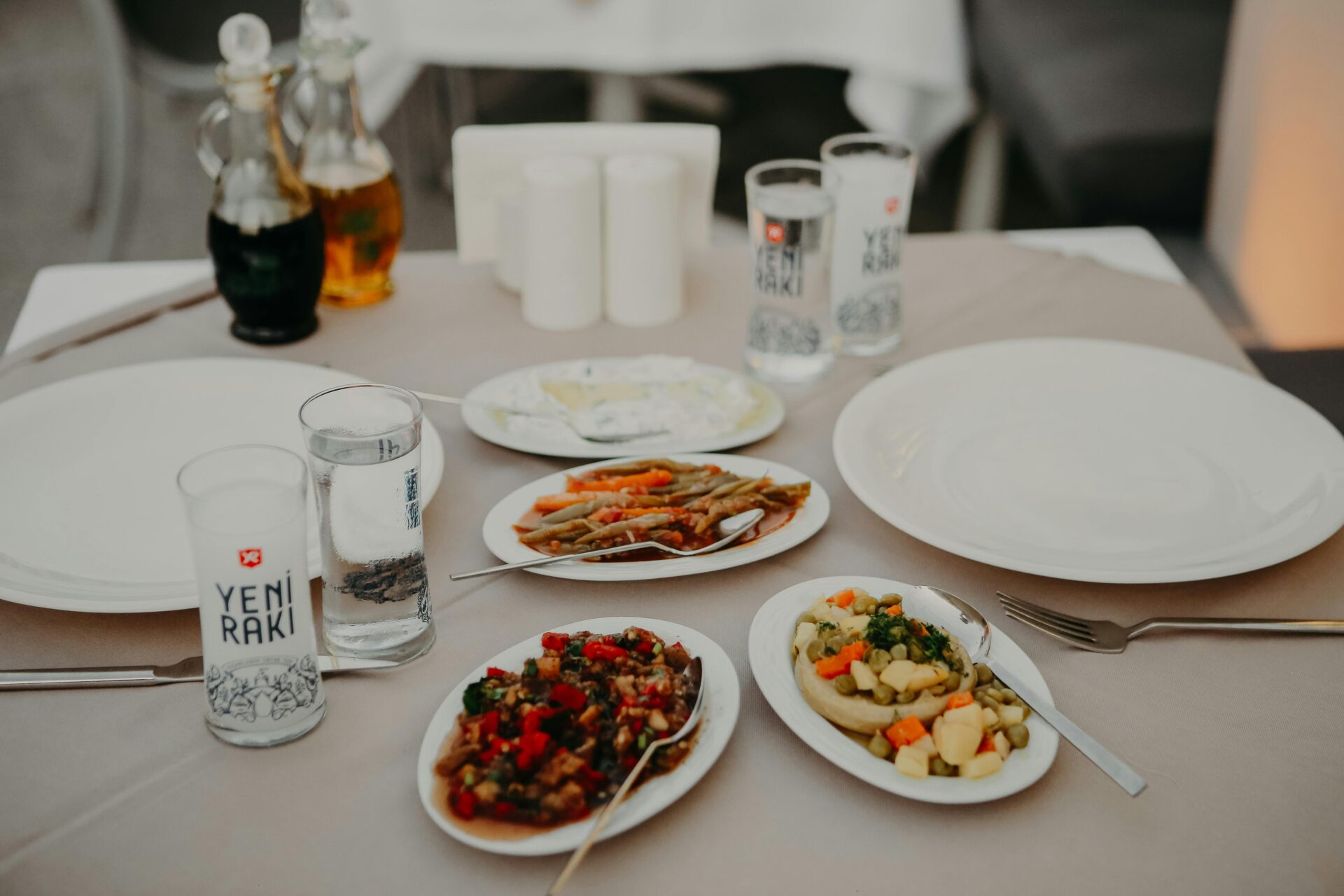
Traditions of Sharing and Hospitality
Raki is more than a drink here—it’s a sign of welcome and trust.
I saw Cretans use raki to make strangers feel like family. If someone sat alone, a neighbor might send over a glass without a word.
The generosity went beyond raki. Hosts often insisted I try dessert, a spoonful of local honey, or another round—“on the house.”
Sharing isn’t just nice; it’s almost a duty. No one leaves hungry or thirsty.
Cretan Hospitality Checklist:
| Gesture | What It Means |
|---|---|
| Offering raki | Friendship & welcome |
| Sending a meze plate | Invitation to join in |
| Toasting together | Building connection |
That genuine kindness sticks with you long after the raki is gone.
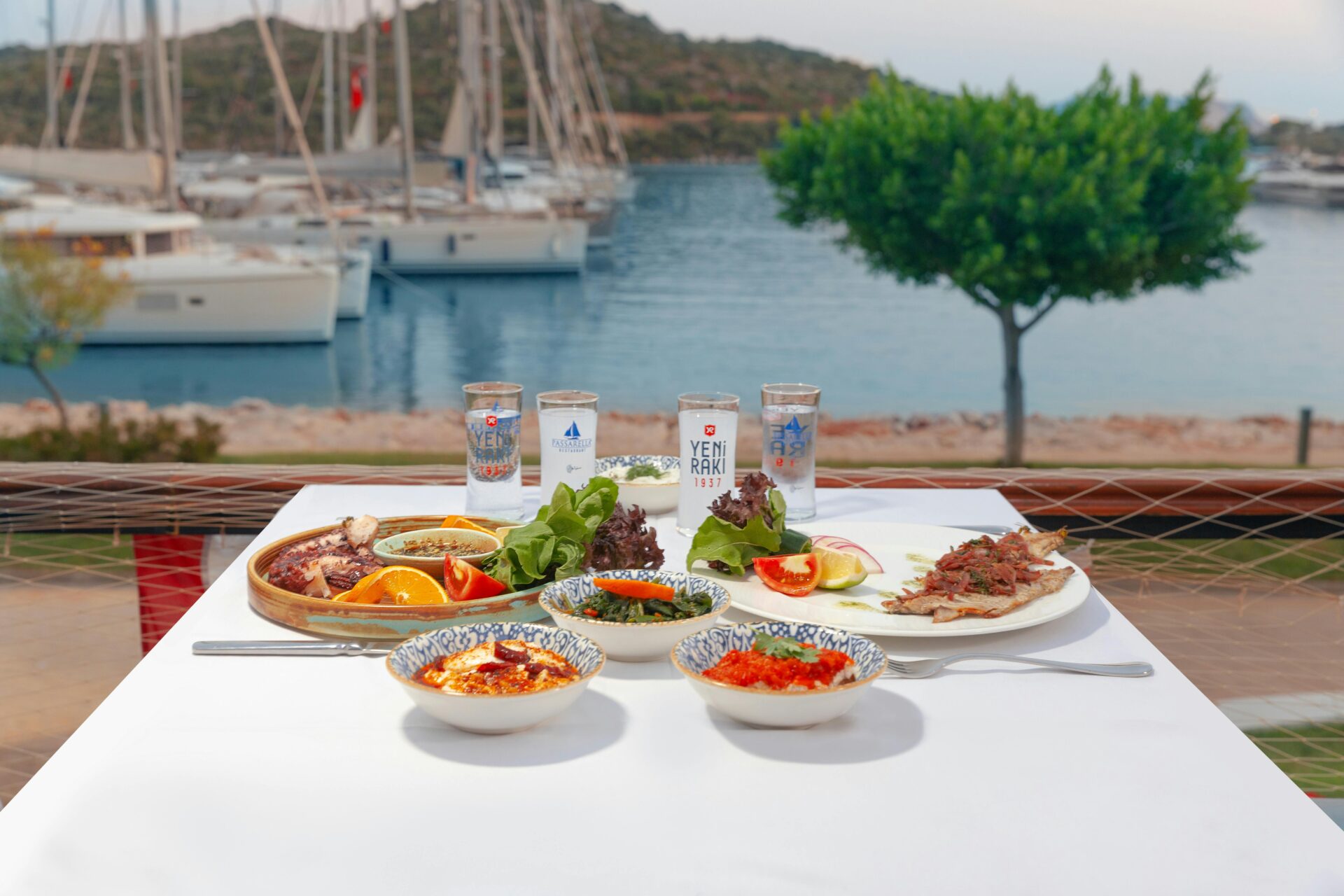
Memorable Toasts and Friendly Encounters
Some of my favorite nights in Crete began with a simple toast—”stin igia mas” (“to our health”).
Strangers invited me to join their table, filled my glass, and taught me the local words for cheers.
During festivals, every table buzzed with little celebrations. Raki broke the ice, even with people who didn’t speak English.
We laughed, danced, and swapped stories, with raki helping everyone relax.
One evening, a fisherman told stories about his grandfather’s homemade raki, each tale ending with a clink of glasses and fresh meze.
Even now, those nights feel like some of my best travel memories—where friendship poured as freely as the raki.
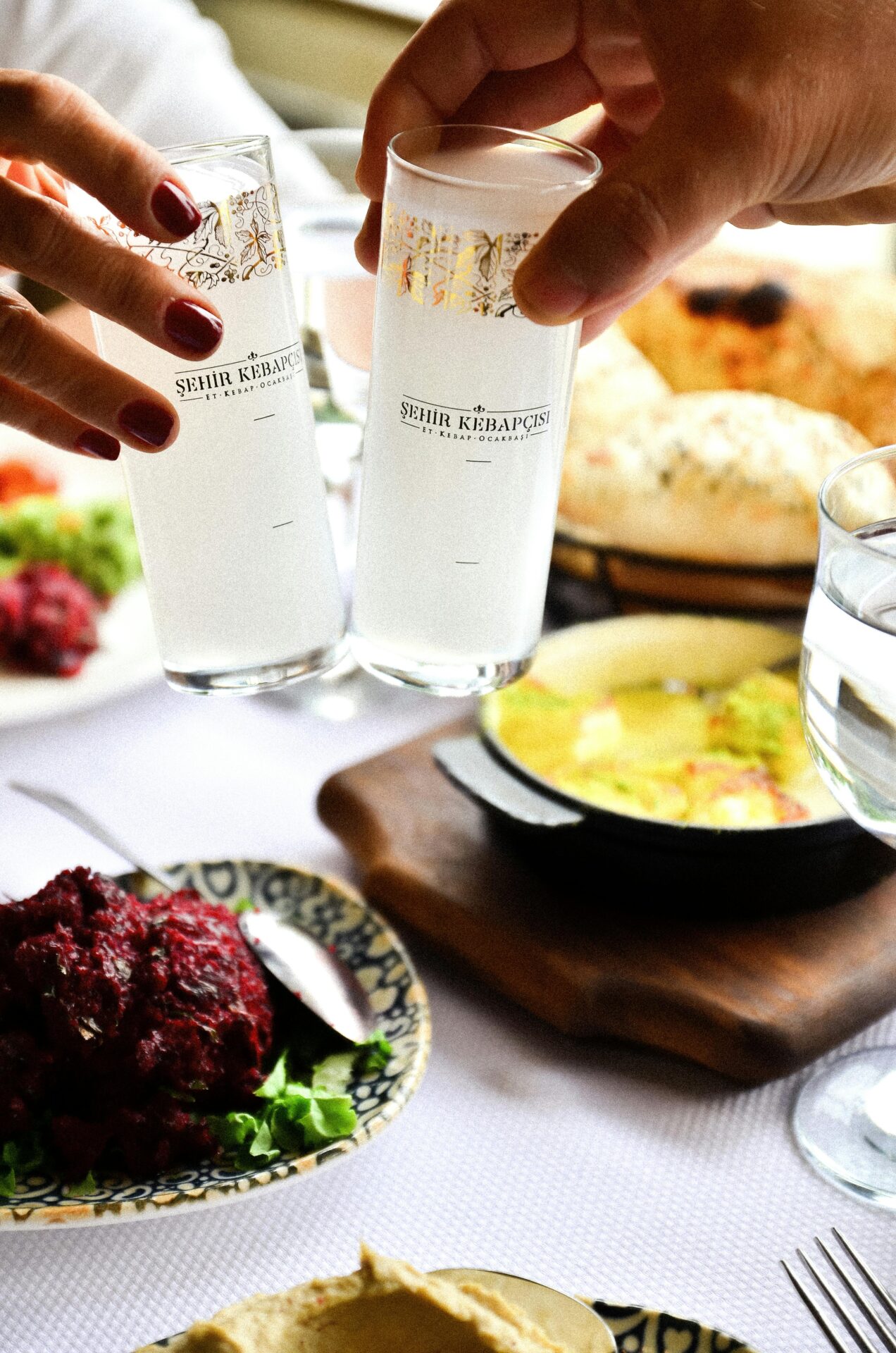
Unforgettable Mountain Tavernas
Some of my favorite memories of Crete come from mountain tavernas hidden far from the busy coast.
Each visit brought hearty meals, friendly locals, and flavors I still daydream about.
Hidden Gems in the Heart of Crete
Mountain tavernas are usually family-run, tucked away in villages surrounded by olive groves and wild herbs.
I found most of them through local tips, not guidebooks. Places like Anogeia or the hills near Chania felt almost untouched by mass tourism.
The welcome is always warm. Owners introduce themselves, and sometimes the chef steps out to talk about the specials.
It’s casual—wooden tables, checkered tablecloths, maybe a chicken or two wandering outside.
Meals stretch on for hours. Locals linger, playing cards or talking loudly over wine.
Patience is part of the experience—and, honestly, totally worth it.
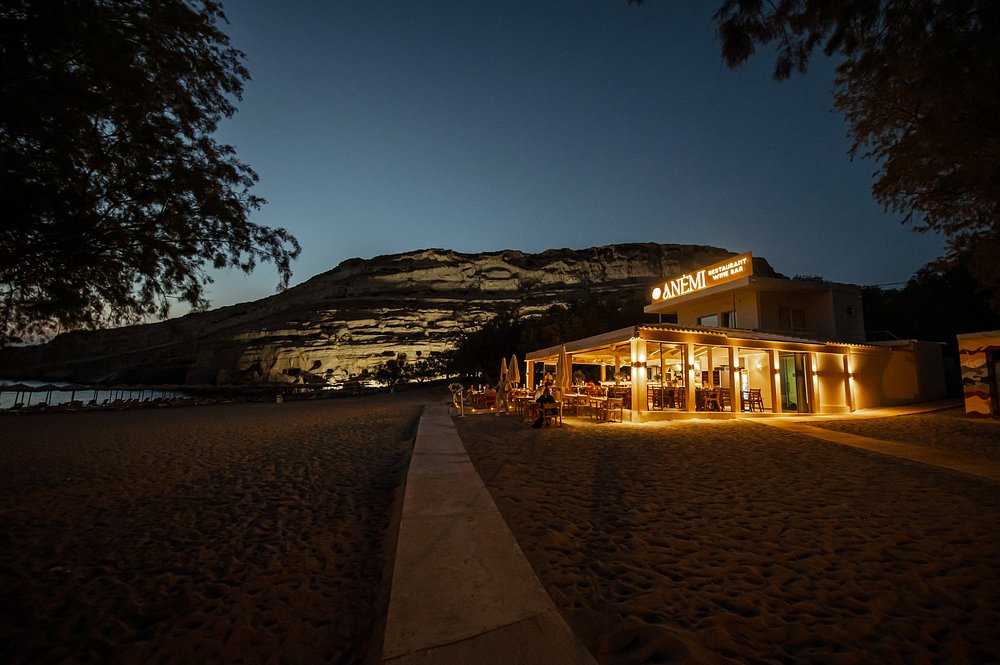
Authentic Dishes Beyond the Tourist Trail
Menus change all the time. Some of the best meals I had weren’t even listed. The cook just brought out what was fresh and local.
A few dishes I still think about:
- Antikristo: Slow-cooked lamb roasted over an open fire.
- Stamnagathi: Wild greens sautéed in olive oil.
- Sfakianopita: Cheese pies drizzled with honey.
Dakos salad and local cheese always showed up, too.
The ingredients tasted different here—more intense, straight from nearby fields or mountains. The olive oil had a peppery bite. Even the bread, often baked in wood-fired ovens, made a simple meal feel special.
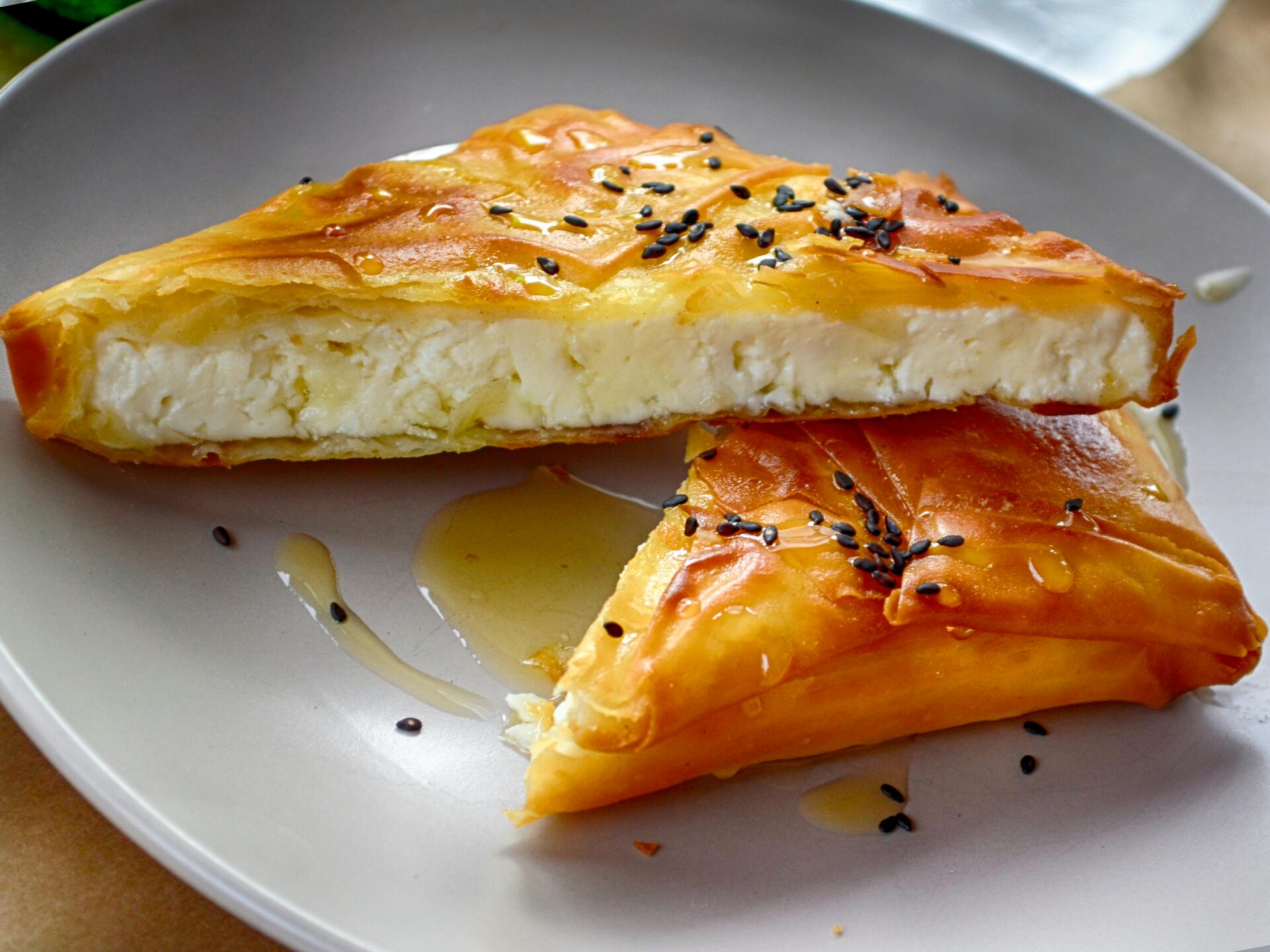
Stories From the Taverna Table
Every taverna had its own stories, and I usually left with one or two.
Once, a group of locals invited me to join them for raki. Toasts followed, along with stories about village life.
One owner shared her recipe for stuffed zucchini flowers, something she learned from her mom.
Another night, a young couple sang old songs by candlelight, their voices echoing into the valley.
Those rooms buzzed with laughter, music, and a real sense of connection—even for someone new like me.
I still remember names and faces from those long, happy evenings.
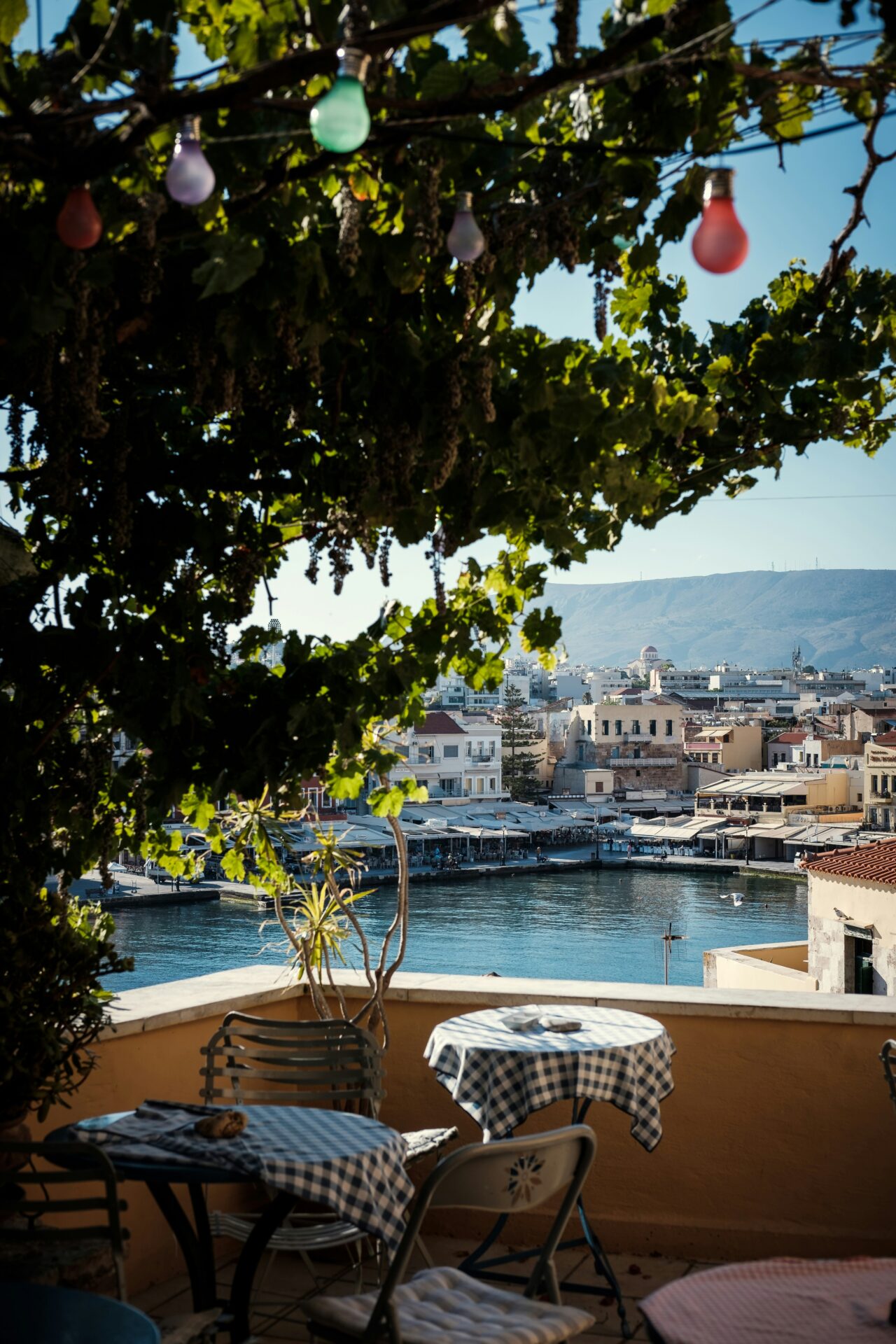
Practical Tips for Finding Local Favorites
To find real mountain tavernas, I learned to avoid roadside spots full of buses.
Instead, I looked for these clues:
- Only a few hand-painted signs in Greek
- Cars with local license plates parked outside
- Schedules that shift with the seasons
I’d ask a shopkeeper or local where they eat on Sundays. Most great places only take cash and might not do reservations.
Dress comfortably and bring your appetite—portions are generous, and meals last longer than you might expect.
Sometimes, language barriers made things a bit awkward, but a smile and a little curiosity always helped.
I kept a phrasebook handy and just treated each meal like an adventure.
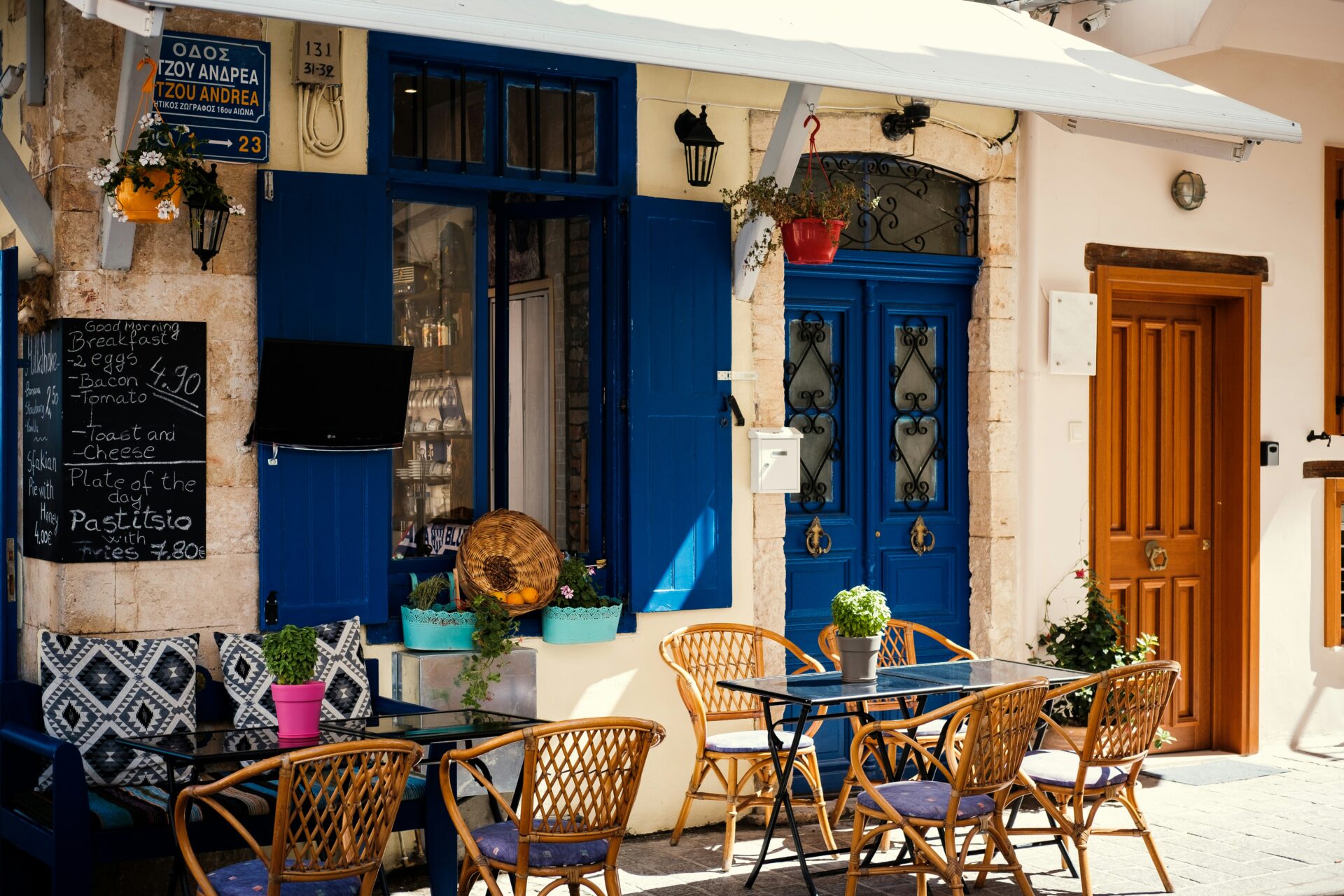
A Sensory Journey: Sights, Sounds, and Flavors
Walking through Crete, every day felt like a new sensory adventure.
I ran into vibrant colors at every turn, flavors that told stories, and menus packed with surprises and local pride.
Markets Bursting With Color
Crete’s markets just burst with life the moment I wander in. Bright oranges, glossy olives, and stacks of tomatoes practically glow from every stall.
Local women hand out bundles of mountain herbs. The scent mixes with baked bread drifting over from a baker’s table.
Vendors shout back and forth, their voices bouncing around. Sometimes a fisherman yells out prices for the day’s sardines or lays octopus on crushed ice.
I love sampling local cheeses. I always ask for mizithra now—a tangy, creamy cheese I can’t seem to find anywhere else.
Honey sellers tempt me, and tables overflow with dried figs, walnuts, and almonds. Snacking as I browse feels almost required.
Most markets set up outdoors and buzz with people before noon. Bring cash, small bills, and a bag for your finds.
I try something new every time, maybe a still-warm spanakopita or a fresh-baked rusk dipped in olive oil.
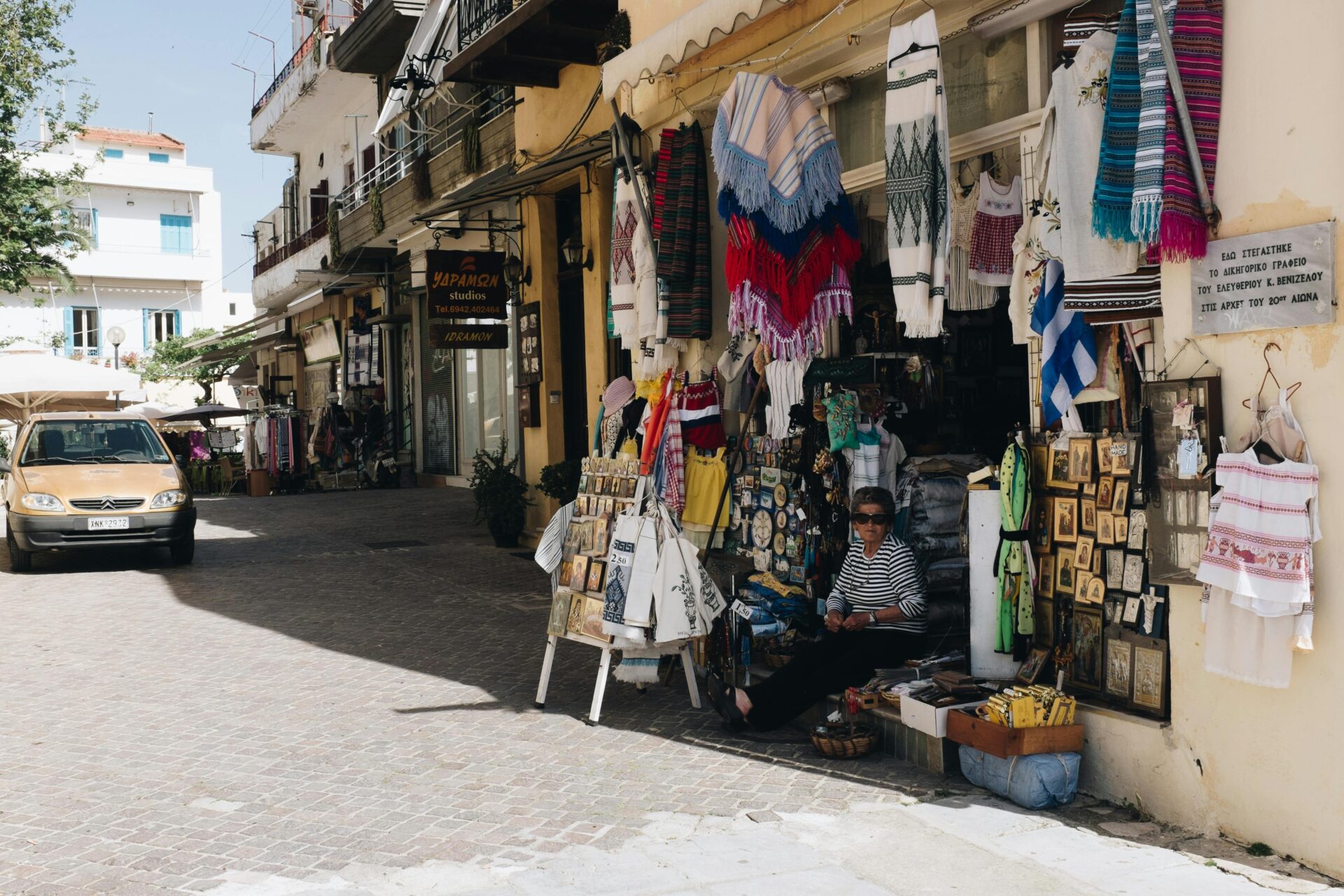
Seasonal Specialties to Try
In spring, wild artichokes and tender fava beans pop up everywhere. When summer hits, sweet melons and juicy watermelons help cool me down after a long walk in the sun.
Late summer means grape harvest season. That’s when I look for grape must cake and sweet raki—a local brandy I learned to sip slowly.
Autumn brings snails, cooked with rosemary and vinegar. Lamb roasted over wood and paired with thyme potatoes stays popular all year, but it feels extra comforting as the evenings get chilly.
I always ask about the catch of the day. Grilled fish, drizzled with lemon and olive oil, never lets me down.
Here’s a quick reference for what to order by season:
| Season | Must-Try Dishes |
|---|---|
| Spring | Artichokes, fava beans, wild greens pies |
| Summer | Melons, Dakos salad, fresh octopus |
| Autumn | Snails, roasted chestnuts, lamb |
| Winter | Stifado (beef stew), oranges, spicy sausages |
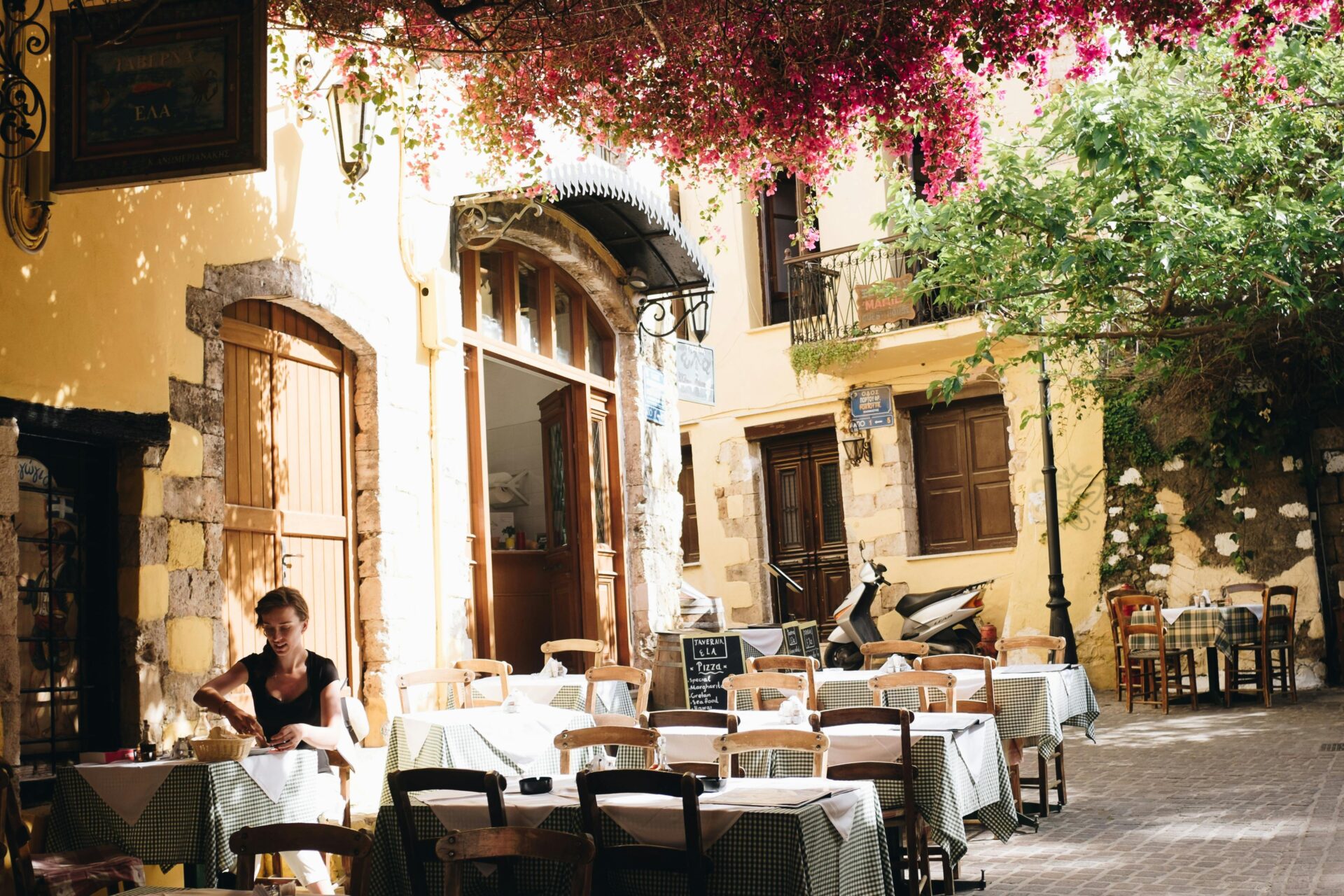
Navigating Menus Like a Local
Menus in Crete can look long and a bit confusing at first. Lots of places hand-write them, and you’ll see specials change by the day.
I started picking up key words pretty fast: dakos means that classic barley rusk salad, bougatsa is either a sweet or savory pastry, and horta just means wild greens.
Most meals kick off with a little plate of olives or maybe a shot of raki—on the house. If you ask, “What’s fresh today?” or “What does your mother cook best?” you’ll probably get steered toward homemade dishes that aren’t even on the menu.
Sharing really matters here. Cretans love eating family-style, with everyone reaching into the middle.
I usually order two or three small plates to start—some fried zucchini, a scoop of creamy tzatziki, maybe a few grilled sardines. That way, I end up trying something new every time, even in the tiniest village taverna.

